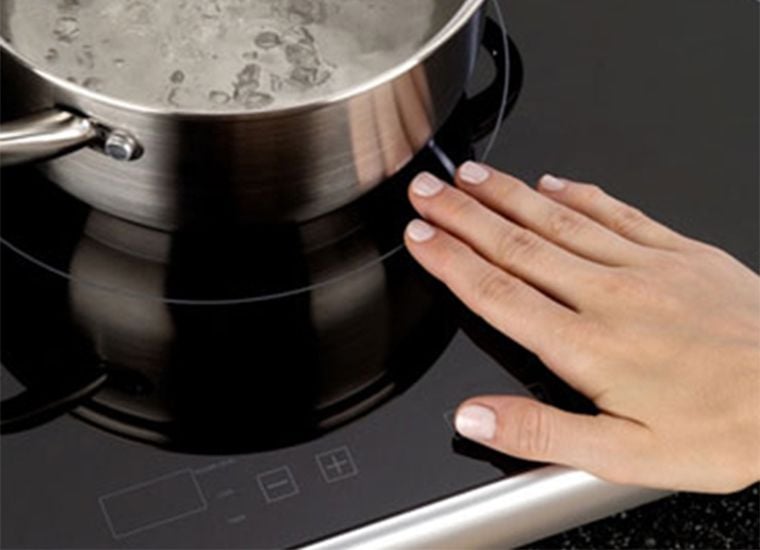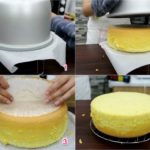Induction Cooker
The induction cooker is becoming increasingly popular as a replacement for traditional gas stoves. There are single hobs available, mainly used for hot pot dishes, while dual or triple hobs are fixed in the kitchen.
On average, a single hob consumes 85-95 units of electricity per month, while a dual hob consumes 170-190 units. The actual consumption depends on the power usage and the type of cooker.

Induction Cookers Consume a Significant Amount of Electricity
Electric Water Heater
Electric water heaters are commonly used in the northern provinces due to the climate. Most families use a 20-liter heater, which is sufficient for 2-4 people on a daily basis. For those who only turn it on before use, the average daily consumption is about 70-80 units. For families that keep it on continuously and use it frequently, the consumption can increase up to 230-340 units, according to EVN statistics.
Refrigerator
This can be considered the largest electricity-consuming appliance in households. It is constantly running, which is why even though the power capacity is not too high, it consumes the most electricity.
A small refrigerator with a capacity of 150 liters and a power capacity of 100-150W consumes about 4-5 kWh per day. Larger refrigerators consume even more electricity, about 6 kWh per day. This is a considerable power consumption for a household appliance.
Opening and closing the refrigerator multiple times a day causes it to run more, resulting in increased electricity consumption.
Rice Cooker

Rice Cookers Also Consume a Significant Amount of Electricity
Rice cookers are very popular appliances in households and are used daily. Many homemakers plug in the rice cooker early in the morning because they don’t have time to cook rice later.
This may seem simple, but it actually consumes more electricity than an air conditioner. The longer it is plugged in, the more electricity it consumes to heat up the rice. This can lead to wasted energy.
A rice cooker with a capacity of about 1.2 liters has a power capacity of 350-400W. If it is used for two hours, it will consume about 0.75 kWh. Larger rice cookers will consume even more electricity.
Desktop and Laptop Computers
Desktop and laptop computers still run in the background even when you have turned them off. On average, these devices consume about 96W per day.
That means each computer in the house consumes about 3 units of electricity per month for no reason. This number can increase up to 15 times if you have the habit of putting your computer to sleep mode.
Clothes Dryer
Clothes dryers are becoming more popular in Vietnam due to their time-saving and convenience, especially on rainy or humid days. The most common type is the air vented or condenser dryer with an 8kg capacity. The drying time varies from 1-2 hours, depending on the mode, and consumes 75-140 units of electricity per month if used daily. With more advanced heat pump dryers, the energy consumption will be much lower.



































